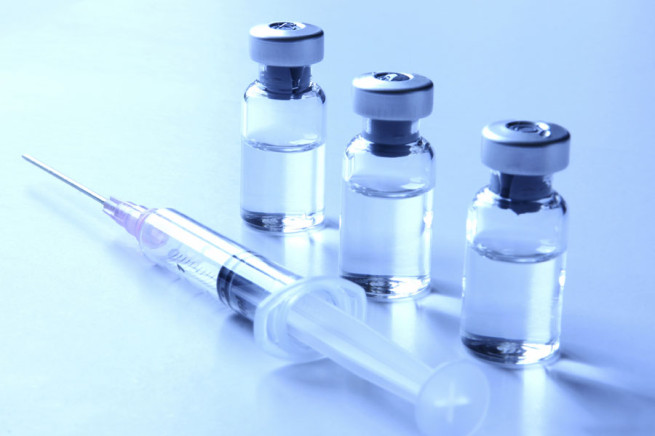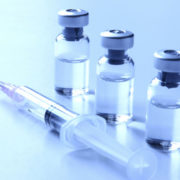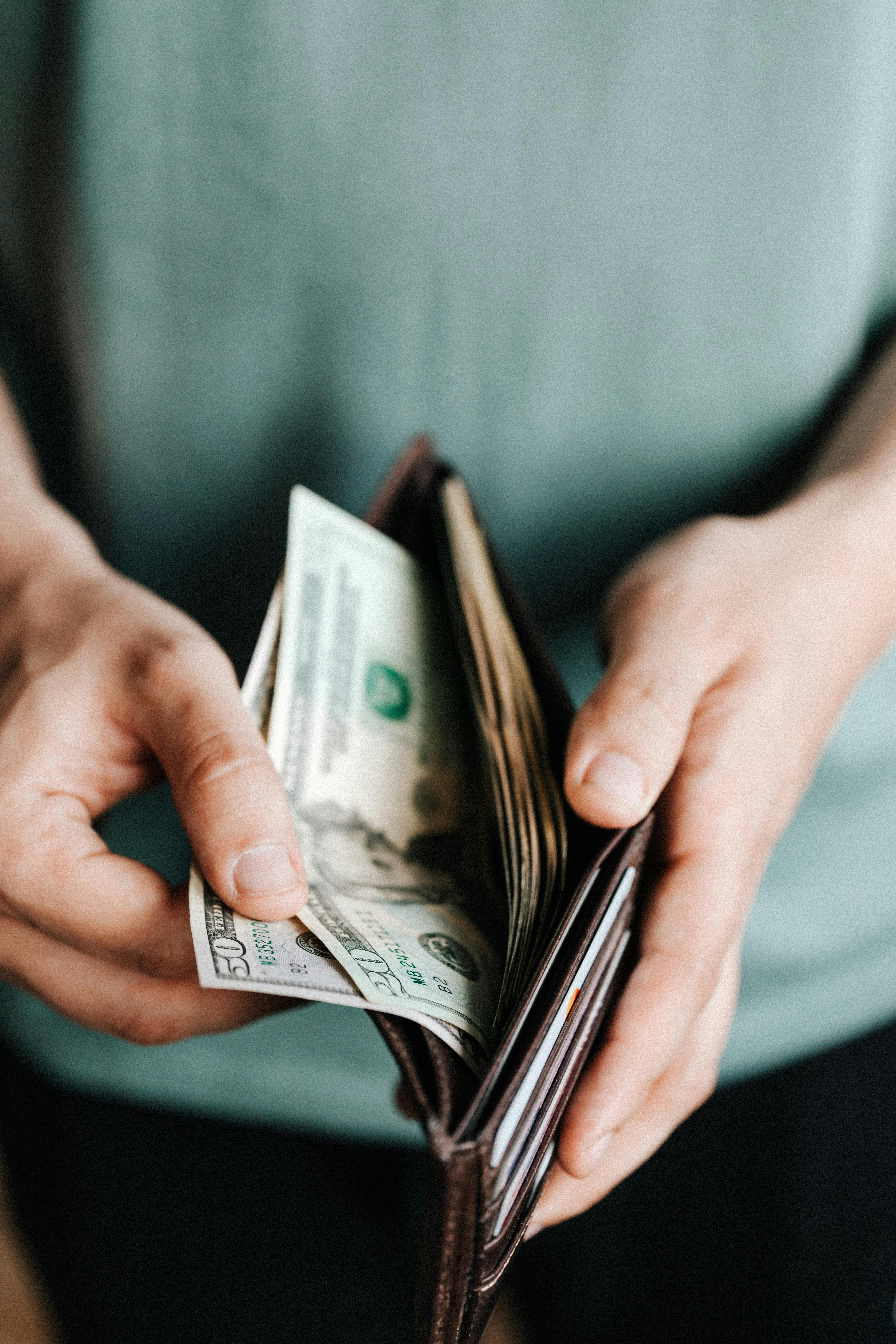
AS California topped 1.6 million coronavirus cases this week, the state began to receive its first round of vaccines against COVID-19.
Health care workers across the state were among the first to receive jabs of the Pfizer-BioNTech COVID-19 vaccine as they have been fighting the pandemic and pleading with the general public to stay home and follow public health protocols for the past nine months.
About 82,000 San Diegans who work at acute health care settings will be the first to receive the vaccine, according to a report from the County of San Diego Communications Office on Wednesday, December 16.
Seventy-two percent (72%) of the initial 28,000 doses will be allocated to the nearly 40,000 healthcare workers in acute care, psychiatric and correctional facility hospitals and which are at the highest risk of contracting COVID-19. The second dose for initial recipients will be administered “when more of the Pfizer vaccine arrives in the region,” the report stated.
After this group, additional doses coming into the San Diego region will be used to immunize healthcare workers in acute healthcare settings, which have been categorized into high risk, medium risk and low risk brackets. While each healthcare system determines which personnel gets the vaccine via Phase 1A-Tier1 guidelines, the County, the report added, is still in the process of determining how many people fall into this tier, and how many San Diegans are part of Tiers 2 and 3.
“Residents and employees of skilled nursing facilities are also part of the first priority group. The majority will be vaccinated under federal contracts by staff from local CVS and Walgreens pharmacies,” the report further said.
More information on the COVID-19 vaccine, vaccination phases and priority groups will be shared by the County online via https://www.sandiegocounty.gov/content/sdc/hhsa/programs/phs/community_epidemiology/dc/2019-nCoV/vaccines.html.
At Kaiser Permanente Medical Center in Los Angeles on Monday morning, December 14, five health care workers received the vaccine in an event witnessed by Newsom, state Health and Human Services Secretary Dr. Mark Ghaly, Los Angeles Mayor Eric Garcetti and LA County Supervisor Hilda Solis.
“It is a day where we can lay claim to the fresh air of progress, versus that stale air of normalcy,” Gov. Gavin Newsom said during a press conference following the vaccinations. “But nonetheless, as stated, we have to be sober and mindful about the moment we are in, which is challenging and trying. Today, we received as many doses in the entire state of California as there were new cases.”
On Tuesday morning, December 15, frontline health workers at Zuckerberg San Francisco General Hospital were inoculated, becoming the first in San Francisco. The hospital received 2,000 doses this week.
“This is a historic day for our city and, we hope, the start of a turning point in our response to COVID-19,” Mayor London Breed said in a statement. “This has been a really tough year, and this is good news for our city and for the fight against COVID.”
The vaccination campaign comes as California reported 33,278 new cases and 77 additional deaths on Monday. The day after, another 32,326 cases and 142 deaths were reported. To date, the state has1,723,362 confirmed infections and 21,860 deaths.
The Golden State is slated to receive 327,000 doses of the vaccine in the first batch, with 33,150 that arrived at four sites across the state on Monday.
The governor added that Pfizer plans to send an additional 393,900 vaccines to the state by next week. Pending approval from the Food and Drug Administration, the state could receive 672,000 doses of the Moderna vaccine by the end of December.
“We won’t be able to fully get the amount of doses to cover everyone until anywhere between next year in the spring even. We still have some time where we have to go through this process and ask people to be patient and wear their mask,” Breed said in a statement.
Vaccinate All 58
On Monday, Newsom also launched “Vaccinate All 58,” a campaign for safe, fair and equitable vaccine rollout in the state’s 58 counties.
The vaccines will be administered in phases by prioritizing groups according to risk and level of exposure, with the initial doses going to essential health care workers and those vulnerable in long-term care settings.
With the shots as a remedy to slow the spread of the pandemic that persists across the state, Newsom conveyed that Californians must remain cautious and continue to comply with public health guidelines.
“There’s light at the end of the tunnel and I am calling on all Californians to do our part to get us through this – wear a mask, reduce mixing, stay home, stop the spread and save lives. Together we will get through this,” he said.
Southern California, San Joaquin Valley, Greater Sacramento and the Bay Area regions are under the state’s regional stay-at-home order as their ICU levels dropped have below the 15% threshold. The order has shut down many non-essential businesses in those areas, such as restaurants (no indoor and outdoor dining; only takeout is allowed), bars, hair salons, gyms, personal care services and movie theaters. Retail stores and shopping centers are allowed to continue operations but at only 20% capacity, while standalone grocery stores can only operate at 35% capacity and without any drinking or eating inside. Entrance metering must be done at these establishments.
Regions must remain under the order for at least three weeks and will be eligible to exit the order and return to the Blueprint for a Safer Economy only if ICU capacity projections for the following month are above or equal to 15%.
As of this writing, Southern California’s ICU capacity dropped to 0%, San Joaquin Valley is at 0.7%, Greater Sacramento is at 11.3%, and the Bay Area is at 13.1%.
Only the Northern California region, meanwhile, stayed out of the mandated regional stay-at-home order, with its ICU capacity currently at 25.8%.
National rollout
As the Pfizer-BioNTech vaccine — which was approved for emergency use by the Food and Drug Administration on Friday, December 11 — arrived in the United States, the country surpassed 16 million COVID-19 cases and 300,000 deaths this week.
The number of dead, according to Associated Press, rivals the population of St. Louis or Pittsburgh. It is also more than five times the number of Americans killed in the Vietnam War, and is equal to a 9/11 attack every day for more than 100 days.
“The numbers are staggering — the most impactful respiratory pandemic that we have experienced in over 102 years, since the iconic 1918 Spanish flu,” said Dr. Anthony Fauci, the nation’s top infectious disease expert.
Sandra Lindsay, a critical care nurse at Long Island Jewish Medical Center in New York, was the first person to receive the shot outside of a vaccine trial in the country on Monday morning.
“I’m hopeful. I’m excited. I feel relieved,” Lindsay told the AP after the injection.
In a separate interview with CNN, Lindsay, a Black woman, wants to inspire other people to get vaccinated, especially those in minority communities.
“I understand the mistrust among the minority community. I don’t ask people to do anything that I would not do myself and so I was happy to volunteer to be among the first,” said Lindsay.
“I did not know that I would make history and that’s not why I did it. I wanted to do it to inspire people who may be skeptical about taking the vaccine and trust in the science,” she added.
Fauci, for his part, stressed that the impacts of the vaccine won’t happen overnight.
“It’s not going to be like turning a light switch on and off,” he said.
“I don’t believe we’re going to be able to throw the masks away and forget about physical separation in congregate settings for a while, probably likely until we get into the late fall or early next winter,” he added.
He also said that he may be vaccinated in the next week or so.
“As soon as my turn comes up, which likely will be very soon, I’m going to be available to get vaccinated publicly so that people can see that I feel strongly that this is something we should do, and hopefully that will encourage many more people to get vaccinated,” Fauci told MSNBC.
Meanwhile, Health and Human Services Secretary Alex Azar said the general public could start receiving the vaccine by late February and March.
“It really, again, is going to be up to our nation’s governors, but with the Moderna and Pfizer vaccine, we’ll have, as I said, as many as 100 (million) shots in arms by the end of February,” he said. (With reports by Ritchel Mendiola and Joseph Peralta/AJPress)






